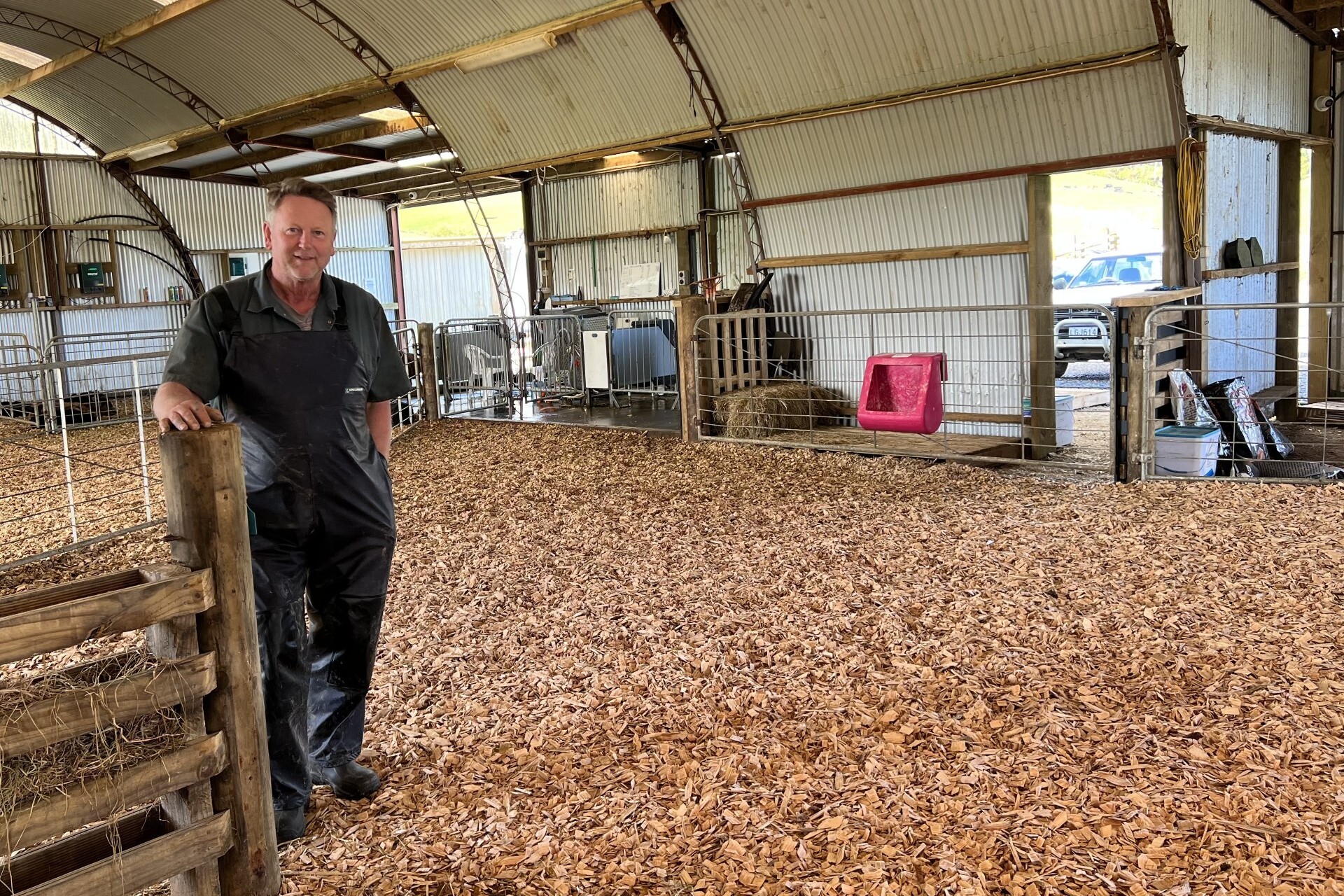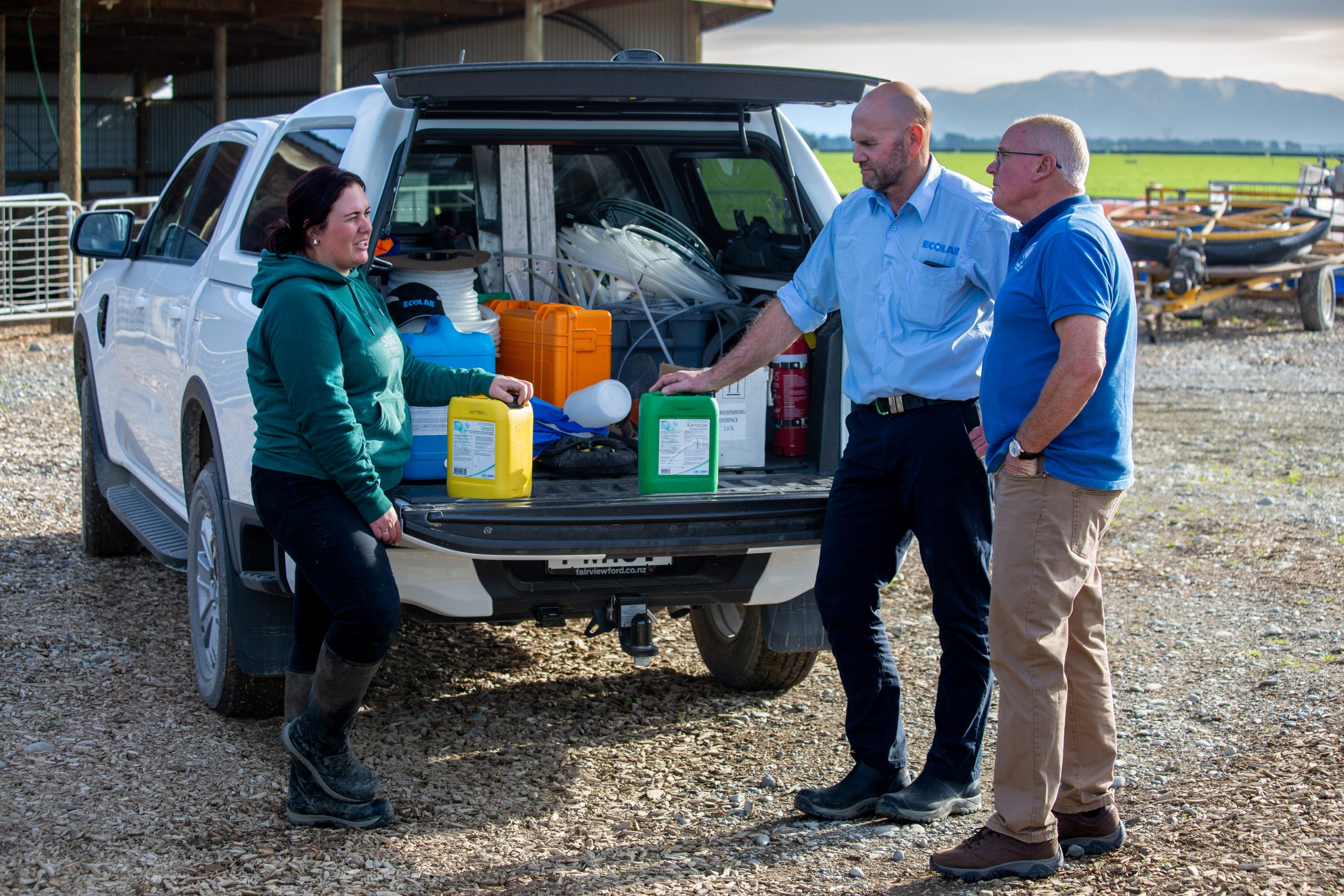Katie Mason
The New Zealand dairy industry is the envy of the rest of the world as far as sustainability and profitability is concerned. I have had the pleasure of working with some very forward-thinking, business-minded dairy vets and farmers driving this.
Recently, I attended a cattle vets conference in England which has prompted me to jot down some observations and comparisons in attitudes between cattle vets in the United Kingdom and NZ.
The UK large animal veterinary world is consumed by the question of ‘corporatisation’, where independent veterinary businesses, often grown from scratch by careful owner-operator vets; are sold to corporate entities.
The conference opened a discussion forum on this. Unfortunately, there seemed to be a loss of focus from maintaining (or attaining) a good work/life balance and promoting a culture of good preventative herd health medicine, in the interests of best supporting dairy farmers to achieve their goals.
There is also a trend in New Zealand for smaller veterinary businesses to merge to provide strength in numbers and buying power to remain competitive. UK farmers, by and large, are wary of this mass corporate takeover. Much like Kiwi farmers, they detest a monopoly.
I would argue though that it is in fact the monopolisation of the NZ dairy industry which lends itself to progressive change. In the UK, most domestically owned milk processing plants are private companies. Farmer-owned companies like First Milk are quite rare.
Fonterra is of course owned by farmer shareholders and DairyNZ is driven by farmer levies such that the industry is responsive to farmer initiatives and drivers for change. In the UK there are simply too many moving parts – too many unco-ordinated, disconnected organisations and processors. It is difficult for dairy vets and farmers to operate efficiently under such conditions.
NZ farmers and vets have an intrinsic understanding of the need for promoting productivity and sustainability. At the conference, I attended a keynote presentation by Mike Overton from Elanco. He gave some interesting calculations on maximising dairy herd profitability through proactive decision making and feeding for production.
Most of the vets in the audience couldn’t see the relevance of this to their day-to-day jobs, but I was on the edge of my seat. It seems to me that the average UK dairy farmer has very little idea of cost of production. He knows very well how much his cost of feed is and he equates this to production costs, but nothing could be further from the truth.
Decision-making becomes incredibly tricky when you only have partial information and the situation is confounded by government subsidies which muddy the financial water. By contrast, many NZ dairy vets and other consultants are privy to the entire agribusiness operation, including detailed financial information. This openness and forward thinking allows for proper profit-driven business decisions to be made on more than a ‘gut feel’.
Farmers and vets in NZ are very herd-health and preventative-medicine minded when compared with their UK counterparts.
The structure of the farming sector in NZ means it is possible to progress, even for those who are not from a farming background. This is also true for vets trying to break into large animal practice from a non-farming background. It seems to me that the UK dairy industry is a closed book, intimidating young vets from branching into dairy practice if they are deemed ‘outsiders’ and preventing young new talent from entering the sector because they were not born into it.
Vets seem to spend an inordinate amount of time completing accreditation paperwork in the UK. Accreditation schemes are not the same as herd health consultancy, but are often a box-ticking exercise misconstrued by some farmers (and vets!) as real preventative medicine. Individual supermarket contracts with individual tailored stipulations make it difficult to set targets and industry standards, leading to confusion and frustration.
Although the UK dairy industry is fragmented in many respects; there are some centralised government disease eradication schemes including one for BVD in Scotland. The UK also has a national Johnes management plan, whereby all dairy farms must have an operational, tailored Johnes control plan. These could be a useful comparison framework for similar disease control schemes in NZ.
NZ dairy farmers and vets should congratulate themselves on a streamlined, organised and orchestrated approach to change, led by business minded, progressive people which should help to keep them ahead of the game for years to come.





